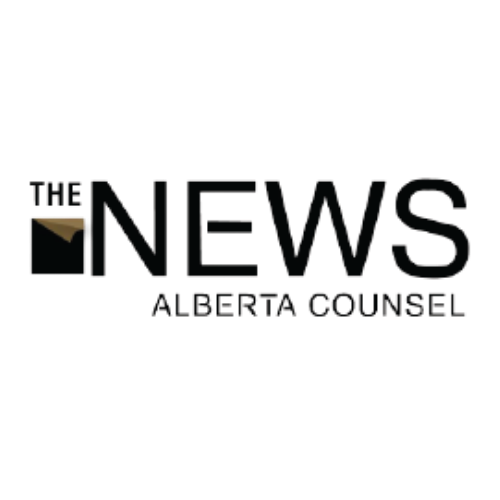Alberta’s New Fiscal Framework
As the 2023-24 provincial budget was tabled last Thursday, a new fiscal framework was introduced.
The new framework is intended to help deal with unique economic volatility in our province as a result of enormous swings in energy revenues. Finance Minister Travis Toews, described the framework as providing “guardrails” against irresponsible government spending. In addition, it is meant to ensure a decrease in debt load, “freeing up money for future generations to spend on needed services”.
Upcoming legislation to establish the fiscal framework will be tabled in the upcoming spring session and come into effect as of April 1.
The tough new framework defies campaign convention and plays to the UCP political base. It comprises the following:
1. Legislation to mandate balanced budgets. Exceptions to this include:
· An unexpected disaster or emergency occurs;
· Revenue declines by $1 billion or more from the prior-year third quarter revenue forecast; or
· Revenue is expected to decline below the prior-year third-quarter expense forecast.
If any of the above are met, the government has two years to return to balance.
2. Fiscal rule to hold operational spending growth to no faster than the combined rate of population growth and inflation of the previous year.
This will be tough given the expected increases health and long-term care spending alongside the aging population.
3. Fiscal rule to limit in-year expense increases to whatever has been budget or voted as a contingency amount ($1.5 billion for the current tax year). Certain exceptions will apply, including the new federal healthcare funding.
4. Fiscal rule requiring 50% of surplus cash to be earmarked to repay maturing debt. The remainder is to be invested in a new Alberta Fund, which would allow:
· Further debt repayments.
· Additional Heritage Fund deposits; or
· Any one-time discretionary initiatives that do not create a permanent increase in government spending
Last year’s surplus cash is approximately $1.4 billion. The discretionary nature of the Alberta Fund could allow for some big spending ahead of the election, including for big capital projects.
The framework has been applauded for establishing much-needed fiscal discipline. Shauna Geth, CEO of the Alberta Chambers of Commerce, referred to it as “a step in the right direction” in terms of increased accountability over spending of taxpayer dollars.
While theoretically sounds, the framework has also met some critique. Opposition leader, Rachel Notley, suggested the government may have trouble meeting mandated balanced budgets because of overestimated oil projections. Notley also condemned the government’s “unprecedented use of discretionary funds” such as those available under the Alberta Fund for one-time initiatives. Minister Toews asserts that the Alberta Fund, which will require legislature approvals for use, “anything but a slush fund”.
The framework’s implicit rejection of the need to bring spending down may be a real cause for concern. The current budget surplus is a result of historically high resource revenues – and the province’s current spending levels greatly exceed tax revenues. Consequently, the government’s hold on operational spending growth will surely be insufficient to overcome the province’s ongoing fiscal challenges.
Ultimately, the new framework will not contain any enforcement tools nor denote any consequence to the province for non-compliance with its own legislation. Minister Toews noted that for the government to contravene its own legislation would be “far more than embarrassing” a “public spectacle” and a “huge cost to bear”. There is a clear political cost to deviating from the framework. Nevertheless, the rules lack teeth and only tie the hands of the government willing to follow them.
University of Calgary Economist, Trevor Tombe stated of the framework: “it’s not simple, it’s not transparent, and it will almost surely be abandoned by future government”. History proves the likelihood of unrealistic or otherwise flawed fiscal rules being scrapped down the line. In the 1990s, similar budget-balancing legislation was passed by the Klein government after years of spending cuts to pay off debt. Soon enough, deficits returned; and within four years, the legislation was repealed. In 2016, the Notley government swept away a fiscal rule limiting the province’s GDP ratio to 15 percent when it forecasted the ratio would exceed it by 2019.

